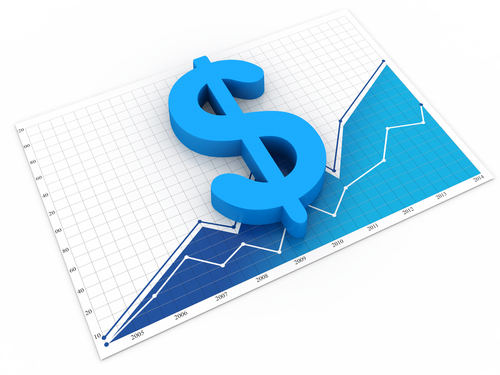 Have you ever opened your electric bill and wondered how exactly the numbers add up to what your electric rates are?
Have you ever opened your electric bill and wondered how exactly the numbers add up to what your electric rates are?
That’s what we’re here for today. We’re going to demystify how electricity rates are impacted, what can create surprise changes in your rates, and how you can get more control over what your home or business pays for its electric energy.
Having more power to manage your electric rates is what makes an energy supply company (ESCO) such as Discount Power so attractive many people, including your friends and neighbors. We give you a choice besides the rates charged by your local utility company.
When you sign up as a Discount Power customer, you get to choose your energy plan. You can choose a variable rate that may fluctuate based on conditions in the current energy market. Or, you can decide to go with a fixed rate plan, where you get a rate that will not change throughout the duration of your contract term.
You also have the power to decide how long you want your plan to be: Three, six, nine, 12 months, or even longer!
Do you have more questions about how you can gain more control over your electricity costs and save money? Reach out to Discount Power and we’ll answer all your questions! But first, let’s get down to it with the cold, hard facts.
According to the United States Energy Information Administration, there are three major components that factor into electricity:
Here are some things that, for better or worse, may be driving the changes you see in your electric rates over time:
When the weather is extremely hot or cold, demand for electricity can drive rates up. This is especially true in the summer, when heat waves drive up demand for electricity to run our central air conditioning, as well as ductless mini-split air conditioners and window air conditioning units. That demand is why you’ll often see on the news during hot weather reports urging people to reduce their electricity usage in other ways so the demand for electricity for cooling can be met. However, inversely, weather can also be beneficial for electricity rates. Rain and snow can help make hydropower generation easier and less expensive. Favorable wind speeds help keep turbines spinning more efficiently, and cost-effectively.
Fuels such as natural gas, coal and petroleum are used in the generation and delivery of electricity. Since fuel prices can fluctuate, much like how you see at your local gas station, those fluctuations are reflected in your electricity rates. For example, if a hurricane knocks out a major oil refining area, such as what happened in Houston with Hurricane Harvey in 2017, that affects oil prices, which ends up being passed down the line, affecting what you pay for your electricity.
Power plants, as well as transmission and distribution systems, have to be built and maintained. And sometimes they need to be repaired. All of that factors into the cost of your electricity. If transmission lines are damaged in a storm, that will affect your electric rates.
As mentioned above, electric rates are usually higher in the summer. It’s simple supply and demand, as there’s more consumer demand for electricity to keep air conditioning running.
What people pay for electricity can vary widely depending on where they live. Depending on the availability of power plants in your area and local fuel costs, your location can mean you pay more (or less!) for your electricity. For example, the lowest electricity rates in the U.S. are usually found in Louisiana, Arkansas, Washington, Oklahoma and Wyoming. The most expensive states when it comes to electricity rates are Hawaii, Alaska, Massachusetts, Connecticut and Rhode Island.
Electricity prices tend to be higher on average for residential and commercial consumers because it costs more to distribute electricity to them. Industrial consumers use more electricity and can receive it at higher voltages, so supplying electricity to these customers is more efficient and less expensive for utilities. The price of electricity to industrial customers is generally close to the wholesale price of electricity.
In fact, the average costs by customer type (in 2018) were as follows:
This is another way where you live can have an impact on your rates for electricity. In some states, rates for electricity are fully regulated and governed by public service/public utility commissions. It’s more of a mix in other states, where there are unregulated prices for generators and regulated prices for transmission and distribution.
The cost to supply electricity varies minute by minute. Do you want more control over what you pay for your electricity? We’re here to help with that. Reach out to us today to see how a fixed-rate (100% Green Energy!) electricity plan can benefit your home or business.
Discount Power – operating with utilities in Connecticut, Maryland, Massachusetts, New Jersey, Ohio, Pennsylvania and Rhode Island servicing both residential and commercial customers!